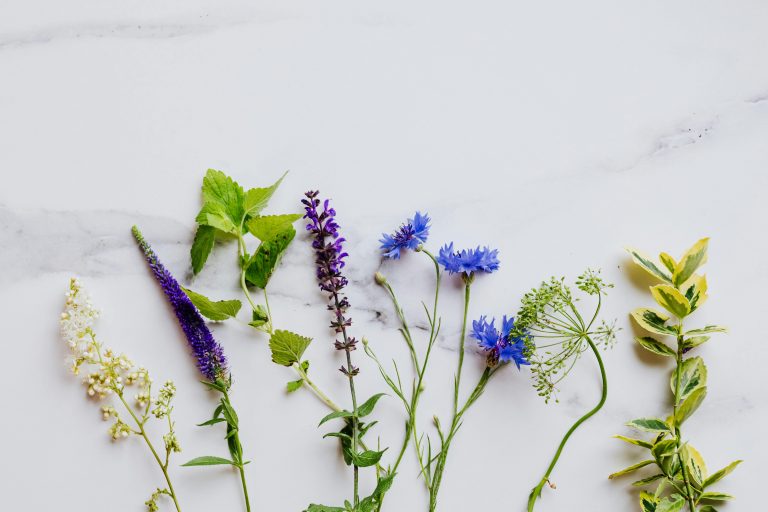Most invasive plants appear uninvited and can be a nuisance in your garden. While you may not like how they interact with the rest of your plants, many invasive plants can be delicious when used in your cooking.
Edible invasive plants
Chances are you have found a few of these invasive plants in your garden and your first thought was to pull them out and throw them away. These are common invasive plants you may see in your garden:
Chickweeds
This low-growing weed with star-shaped white flowers is an annual weed growing in the cool to mid-cold winter season. This weed will remain green and often flower throughout winter. The leaves stems, and flowers are edible and can be added raw to salads, soup and stews.
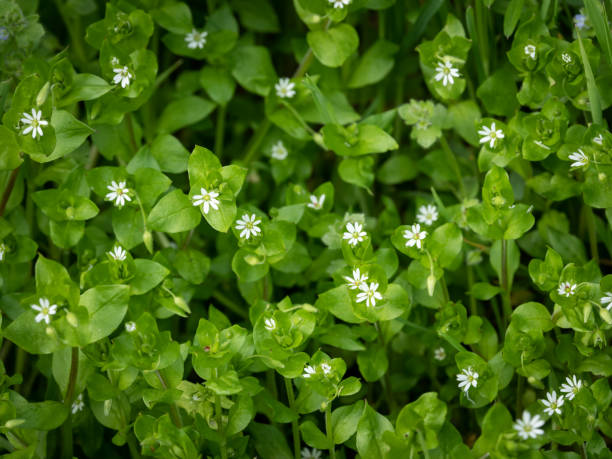
The mugwort weed
Native to some parts of Africa and Asia. The mugwort is easily identifiable by its finely dissected leaves with silvery-looking underside. Flavours may differ depending on the growing location. The matured plants may be very aromatic with strong flavours. Opt for younger leaves as they have less strong flavours.
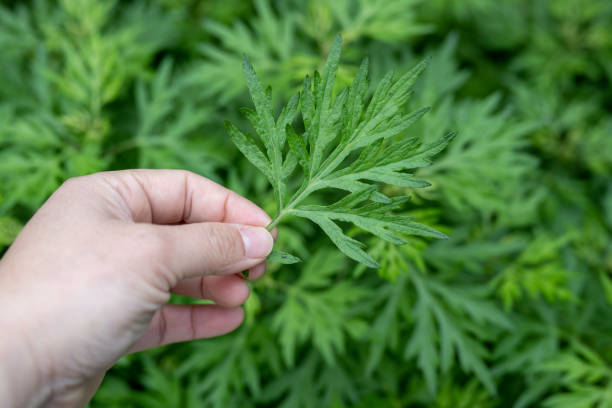
Dandelion
Every part of the dandelion weed can be eaten, from the roots to the yellow flowers. They bloom in spring in most parts of the world making them common weeds. The dandelion leaves are commonly used in soups and sometimes eaten raw.
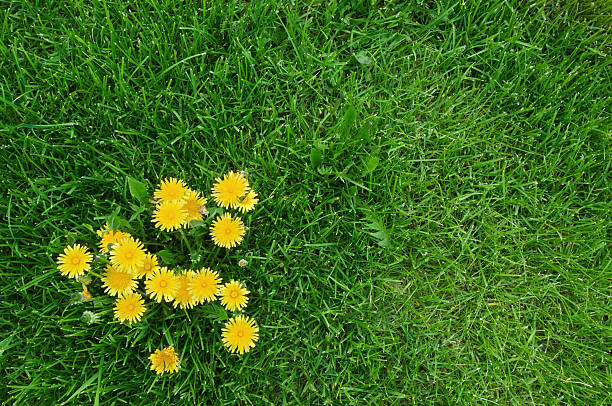
Plantains
These perennial weeds with broad leaves produce white-greenish flowers when they bloom. The leaves and seed heads of plantains are all edible. Plantain leaves can be eaten raw in early spring when they’re still tender because as they mature, the leaves get tougher making it harder to consume.
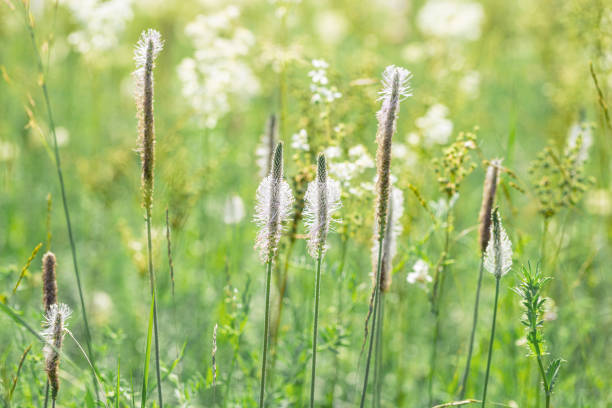
Daylily
Daylilies can be found in parks and open spaces, where they are usually not intentionally planted. There are various types of daylilies, and not all are edible. The edible daylily blooms are delightful and make beautiful additions to fresh, green summer salads.
The flowers and shoots are the parts that can be eaten and it’s best to pick the early spring shoots for their crisp texture.
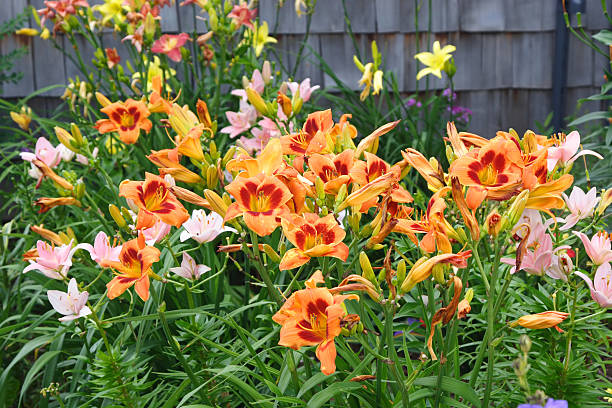
Always wash before preparing any of these weeds. Be careful which ones you pick, as some may not be edible. Diligence is vital when handling edible weeds.
ALSO SEE: Winter gardening: 12 vegetables to add to your garden in July
Winter gardening: 12 vegetables to add to your garden in July
Article was originally written by Chumasande Matiwane for Garden&Home.

